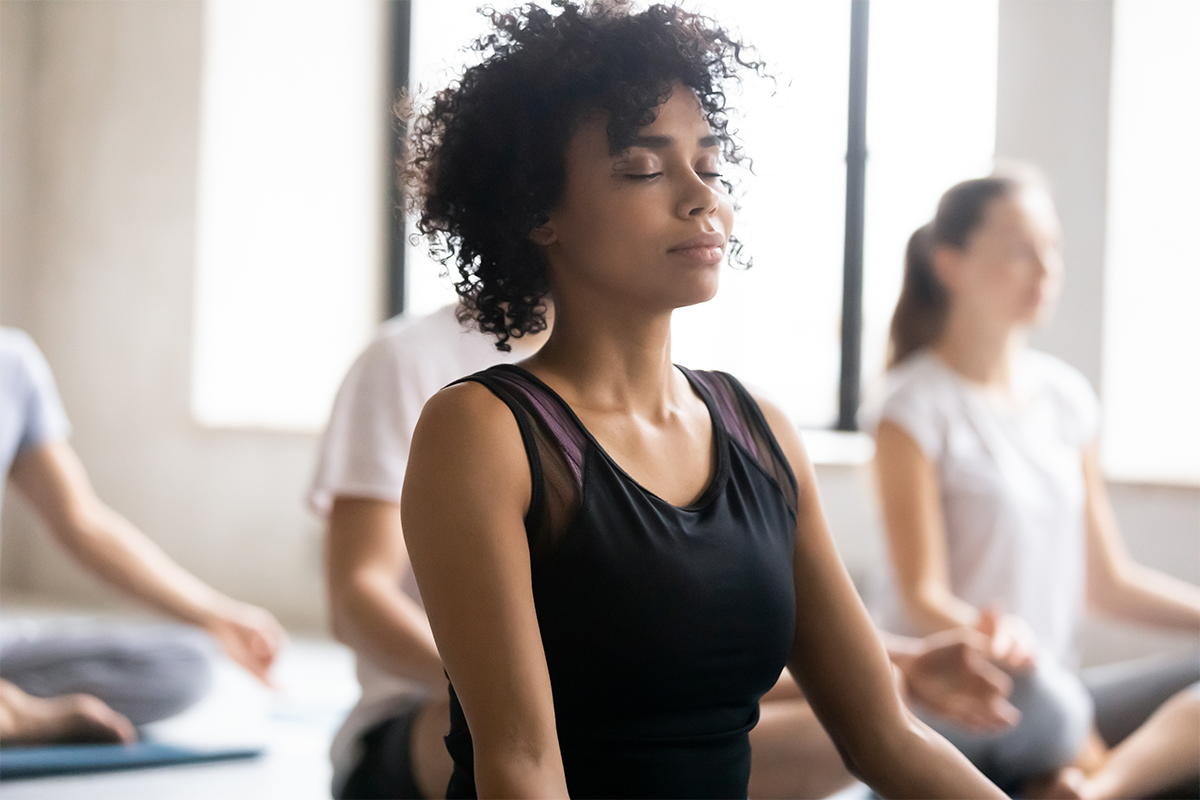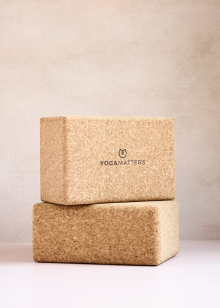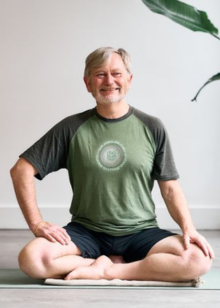Just a few weeks before George Floyd’s murder, The Economist basically declared that the Black Lives Matter movement had come and gone. According to them, interest had waned and, due to their non-hierarchical structure, disorganisation had led to dissipation. The weekly publication then spent the rest of 2020 in conflict with itself reporting on the civil rights and antiracism protests that ensued as well as the discussions they ignited across countries and continents. The Economist could not decide if protesters were mobs; how race differs from ethnicity; to applaud politicians speaking out against racist institutions or to applaud those who want to protect the precious statues of white men, who were avid racists. The illusion of a conundrum.
In 2020, more people awakened to the fact that they too have been racialised, even if they believe themselves to be white. More people refused to turn away from the lived experiences of people they have never met; people they will never know. More people embraced that words like privilege and power do not have to be read as insults. More people – across race and ethnicity – began to awaken from white supremacist delusion. What is that? It’s any attempt to inherently connect race and hierarchy. And yet, much of the world remains asleep.
How yoga can help you navigate anti-racism work
Equity means acknowledging that inequalities have existed since the beginning of time, however the systematisation of those inequalities originates with the creation of racism and race at the outset of the industrialisation of the trade of human bodies deriving from Africa. Most of the wealth of today’s world derives from that historic moment. In order to dismantle oppressive systems, we must continuously come back to their intersections with race.
For those who have and continue to awaken, they will find themselves in cycles of (out-)rage, sorrow, empathy, action, sympathy, and capitulation – in varied orders. It’s impossible to go back to sleep, no matter how hard one might try. So how do we break the cycle? How do we move past the initial and/or prolonged phases of Weltschmerz, what we also identify as grief labour?
There’s no cookie-cutter answer, but one that I can personally speak to is a committed practice of yoga, in all its limbs and facets. Yoga is complex, as the world is complex. Yoga is nuanced, as the world is nuanced. Yoga is not a monolith, just as the world and all its inhabitants are no monolith. Cultural appropriation may lead one to believe that one can copy, own, and sell it, but you can’t.
Yoga so beautifully enables us to see the dualities of our existence while revealing the non-duality of our essence. That’s complexity, nuance, and multiplicity in one sentence. My daily practice has moved me from a place of experiencing all the feels, sometimes overwhelmed by my own insignificance in a sea of really big and significant events, to a place of compassionate witnessing and intentional action. I still feel all the feels – don’t get it twisted. And also, I feel with a sense of direction and purpose.
Radical Darshan: a diverse and inclusive yoga teacher training

In our 300-hour yoga teacher training, Radical Darshan, we have designed a final project called Becoming a JEDI. J is for Justice. E is for Equity. D is for Diversity. And I is for Inclusion.
Let’s start with the one that everyone uses to avoid controversy: diversity. Today, we see phrases such as diversity of thought, diversity of experience, and diverse backgrounds used across corporate communications. These are people-pleasing phrases. Everyone and no one feels included. It’s important to understand that in order for there to be diversity, there must be a ‘norm’. Who gets to decide what is normal, what is the default, what becomes normalised? At Radical Darshan, we recognise diversity differently. Diversity means that our teachings are invitational. It means that we are learning from the students as much as the students are learning from us. It means that we know that an individual’s body, intuition, and inner wisdom is their actual teacher, and we are mere facilitators in helping them unlock that connection.
Inclusion is the belonging that becomes possible, when we create spaces in which people have the room to get things wrong, to be corrected compassionately, to be encouraged to try irrespective of expected outcomes, to be.
We are the future of anti-racism
Justice is so big, so grand that it takes generations to reach. Generations before us struggled for basic human rights. Generations after us will too. But that doesn’t mean we give up. There are days where we will feel tired, perhaps even full of despair. On those days especially, we practice longer – asana, pranayama, dhyana.
In the Radical Darshan YTT Training Course, we set out a final project in groups where trainees will have the opportunity to go into the community, to learn what is possible from community members, local partners, and grassroots organisations. This exercise helps remind us that our commitment – and feelings of goodness – cannot be dependent on outcomes. It allows us to remember that our work is always both individual and collective. And that there are futures that exist that we cannot yet even imagine.
Join a diverse and inclusive yoga teacher training: Radical Darshan
Want to make your yoga practice or yoga teacher offering more diverse and inclusive? Sign up for the Radical Darshan 300-hour YTT. Apply now to book your spot.














